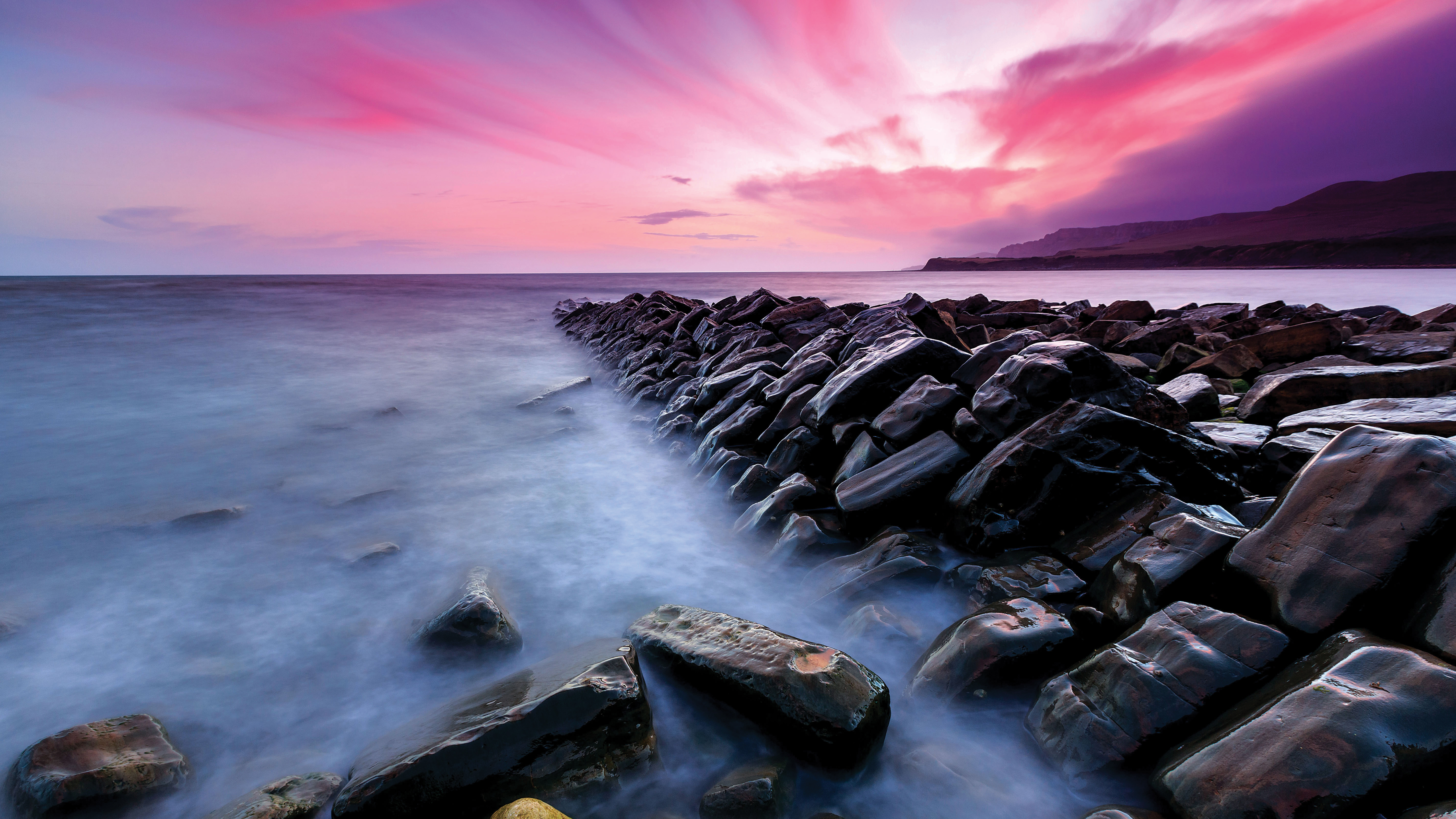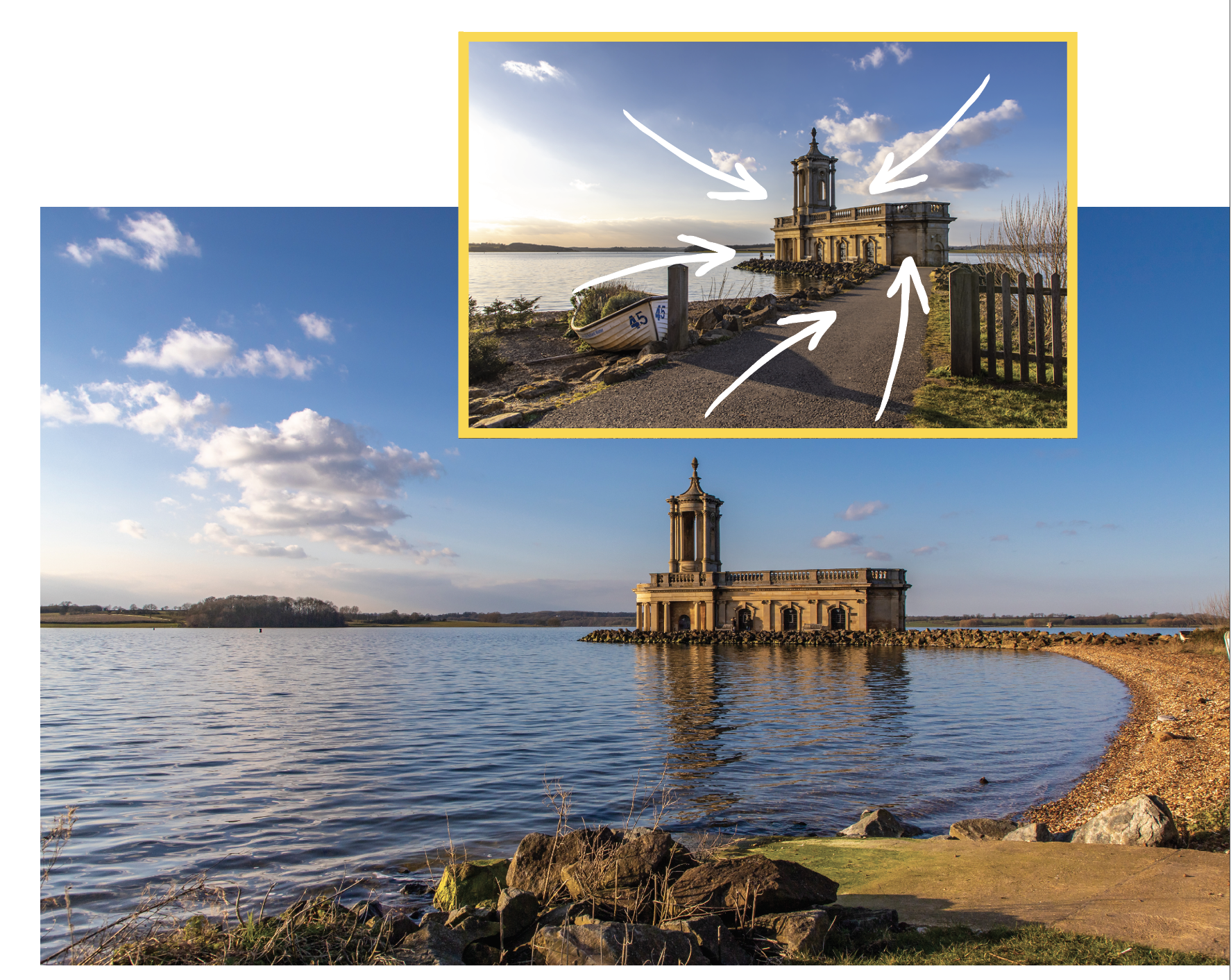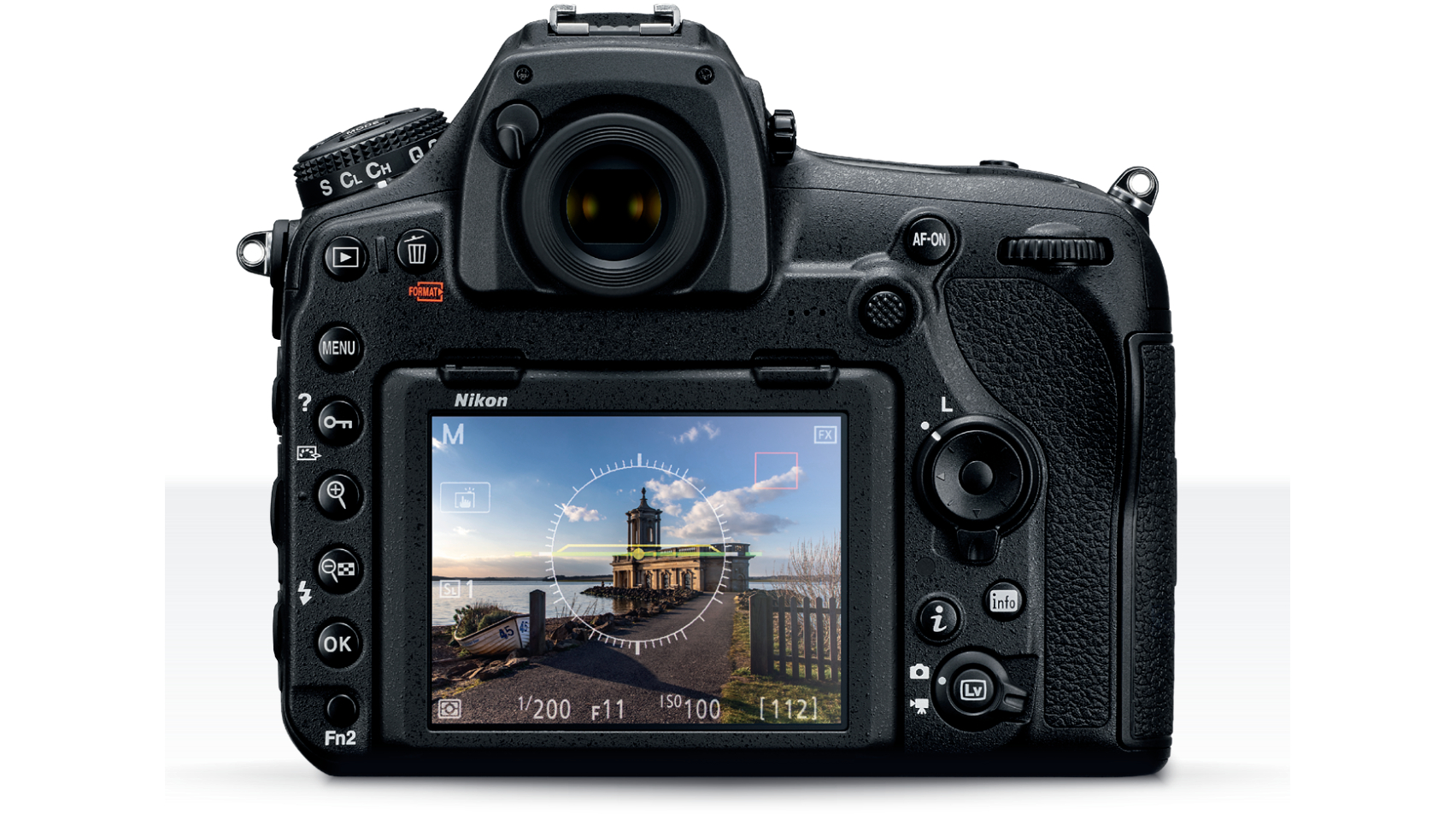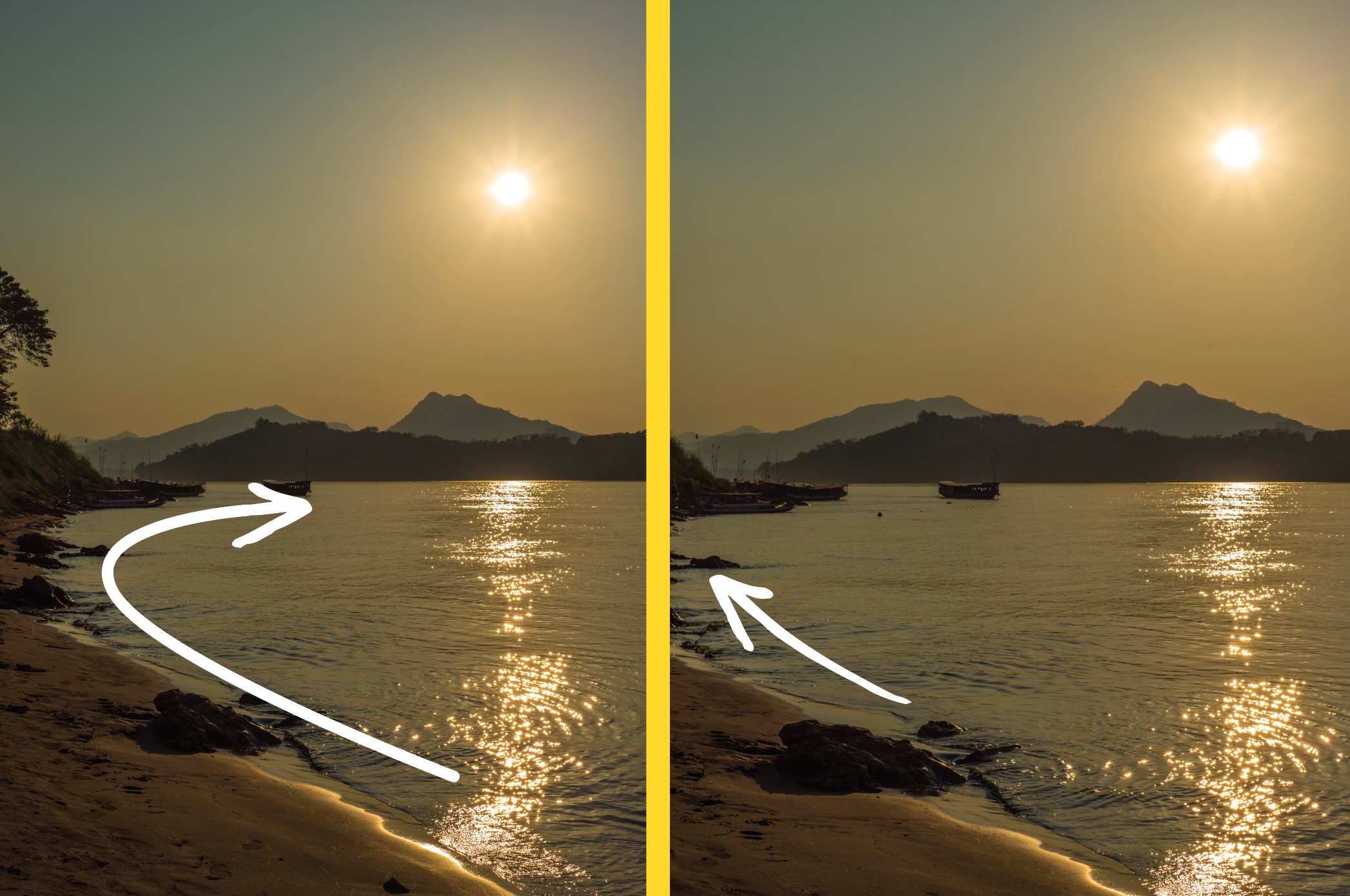Leading lines in photography: draw the eye for better compositions
Get to grips with leading lines in your landscapes and lead the eye from the foreground to the background

Composition is key to a great landscape and there will usually be a main element you can place in your frame to make it the focal point you want the viewer to be drawn to. Classic examples include a tree, mountain peak, the sun setting over the horizon, or even a lighthouse towering out of the sea.
However, it can be a juggling act to position this key point in relation to the other elements in your scene, such as the horizon, and sky – which is where leading lines come in. Leading lines, also known as lead-in lines, are so-called because they lead the eye toward a specific point in a photograph. If positioned carefully, they can gently guide the viewer’s eye toward the subject of a landscape, such as a tree or structure that can anchor the image. They're a great way to improve your composition.
• These are the best cameras for landscape photography
Leading lines are a very handy framing device to consider when composing your shots, so it’s worth having a look around to see if there are any natural formations such as the coastline, or man-made structures like paths or fence posts that can be used to guide the eye from the outside of the frame in towards the center. You’ll be surprised what you can use to lead the eye and how often you’re able to do so when you start looking out for suitable instances.
Diagonal lines and shapes that converge in the frame can be incredibly useful for adding a sense of depth to your two-dimensional landscape images, especially when shooting with wide-angle lenses. Leading lines help to make a strong image: they draw the viewer’s attention into the frame or towards the subject and create depth. You can find these lines or shapes in a huge range of subjects, from an obvious road, track or path to a more subtle shadow, linear object or shape in the subject that leads from the foreground to the main subject.
Getting close to the object that you want to use to lead the viewer in, and using a wide-angle lens, will help emphasize this effect, although you can also find subtle shapes and lines when using other viewpoints.

1. Use leading lines to draw the eye in
A leading/lead-in line is a great way of including something in the foreground of your composition that has a line to naturally guide the eye toward your focal point. For this shot of Normanton Church in Rutland Water, we composed it to include the hard edge of the shoreline in the lower half of the frame, which arches round and brings the eye towards our focal point. By recomposing and aiming the camera up a little, we lose the lead-in line and any foreground interest, so the image is much weaker and dominated by the sky.

2. Make sure the horizon is level
One of the biggest advantages digital cameras have over their film counterparts is the ability to use the rear screen to compose and inspect your shots when you’ve taken them. Nikon’s Virtual Horizon, for example, is an essential tool when composing landscapes via your camera’s rear screen (or mirrorless EVF).
It appears as a handy overlay, so you can keep tabs on your composition while lining up straight horizons and adjusting your camera’s tilt. This will prevent unnecessary cropping due to wonky horizons. The Virtual Horizon is usually found by cycling through overlays with the info or DISP button.

3. Lead the eye in, not out!
A lead-in line should lead the eye towards the part of your scene you want the viewer to pay particular attention to. This could be a tree, boat, lighthouse, building, mountain, figure or whatever you determine your focal point to be. Lead-in lines can, however, make your image infinitely weaker when they don’t do this effectively and instead distract the eye by leading it to a less important area of the image, or even to the edge of the frame and off the photograph entirely.
This can completely disengage your viewer, so when you’ve identified any lead-in lines, make sure they lead somewhere that’s important in your frame. If they don’t, you may need to consider adjusting your composition accordingly.
Once you've got the hang of leading lines, try the golden ratio, the rule of thirds, and our landscape photography masterclass.
Get the Digital Camera World Newsletter
The best camera deals, reviews, product advice, and unmissable photography news, direct to your inbox!

Lauren is a writer, reviewer, and photographer with ten years of experience in the camera industry. She's the former Managing Editor of Digital Camera World, and previously served as Editor of Digital Photographer magazine, Technique editor for PhotoPlus: The Canon Magazine, and Deputy Editor of our sister publication, Digital Camera Magazine. An experienced journalist and freelance photographer, Lauren also has bylines at Tech Radar, Space.com, Canon Europe, PCGamesN, T3, Stuff, and British Airways' in-flight magazine. When she's not testing gear for DCW, she's probably in the kitchen testing yet another new curry recipe or walking in the Cotswolds with her Flat-coated Retriever.
- Dan MoldDeputy Editor
